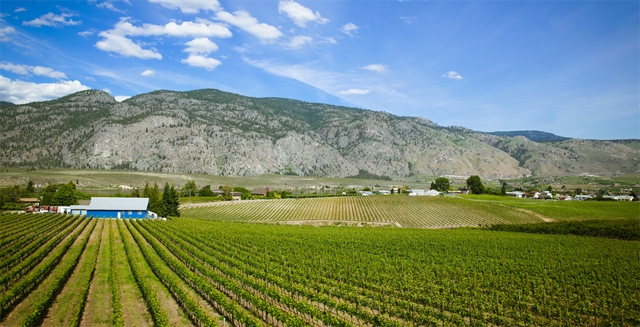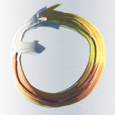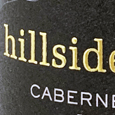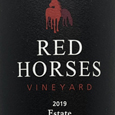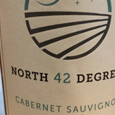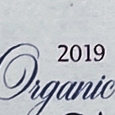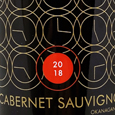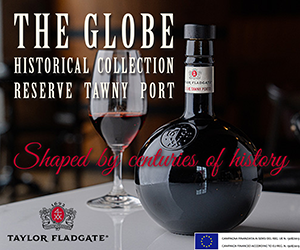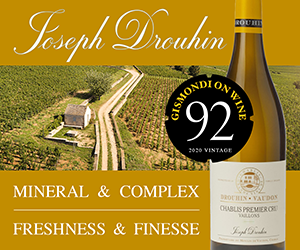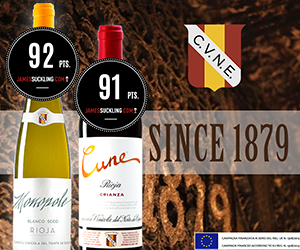Cabernet Sauvignon may not be one of the so-called signature varieties of Canadian wine, but it’s the category that shows the most potential for me.
We’ve heard the story before. Cabernet Sauvignon is late-ripening and struggles to reach “optimal ripeness” in Canada. But plantings continue to surge because wine drinkers love Cab. In British Columbia, plantings increased by 25 percent from 2008 to 2019, on trend with Cab Sauv status as the most widely planted grape variety in the world.
Ripeness is intrinsically part of any conversation about Cabernet Sauvignon, perhaps more so than any other grape. That’s because Cabernet Sauvignon is a pyrazinic variety. As a result, Cabernet Sauvignon can be intensely vegetal with pungent green bell pepper notes when unripe. However, pyrazine levels will drop as the grape ripens, turning into appealing notes of mint or fresh herbs that add complexity and freshness to wines that can otherwise be monolithic.
Unfortunately, it can be pushed too far. Long hang time will undoubtedly lose the green character of a wine, but in doing so, we lose something intrinsic to Cabernet Sauvignon. We lose its innate nature, and worse, we end up with overripe fruit that’s stewed, raisin-ated, or just, well, dead.
It’s often thought Canada’s best expressions of Cabernet Sauvignon come from the sun-soaked vineyards of the South Okanagan. However, this year’s results should have you questioning conventional thinking. Yes, Bordertown’s platinum-winning Cabernet Sauvignon comes from Osoyoos, but cool-climate Ontario narrowly edged out BC when it came to gold medals, 7 to 6.
Should we really be that surprised? Cabernet Sauvignon can perform exceptionally well in Ontario, especially Niagara and Lake Erie North Shore. But the province is on the margins for Cabernet Sauvignon, and ripeness can be challenging in some years. So it’s no surprise that the excellent 2020 vintage is well-represented in this year’s results, with gold-medal Cabernet Sauvignons from Magnotta, Niagara College, and Wayne Gretzky.
Muscedere and Two Sisters prove that Cabernet Sauvignon can thrive in cooler vintages, too – at least in the right hands and on the right sites. Lake Erie North Shore-based Muscedere has been making consistently strong Cabernet Sauvignon for years, and their 2019 Cabernet Sauvignon shows the winery’s fresh, elegant style. Two Sisters, led by winemaker Adam Pearce, show the benefit of time in bottle, with two gold medals from the 2017 vintage for their dense, polished Cabernet Sauvignons from Niagara’s warm Four Mile Creek sub-appellation.
Across the country in the Okanagan Valley, the challenge can be over-ripeness and over-extraction. The top wines clearly show Cabernet Sauvignon’s potential, though. Painted Rock and Mission Hill are two of the leaders, with strong showings from Covert Farms, Dirty Laundry, Liquidity, and Sunrock Vineyards. And don’t overlook the Similkameen Valley, either. With improvements in the vineyard and winery, a golden age of BC Cabernet Sauvignon is on the horizon.
For all of the National Wine Awards Canada Awards: https://www.winealign.com/awards
Here's a look at our favourite BC cabs tasted at Gismondi on Wine over the last 18 months.

 quicksearch
quicksearch

